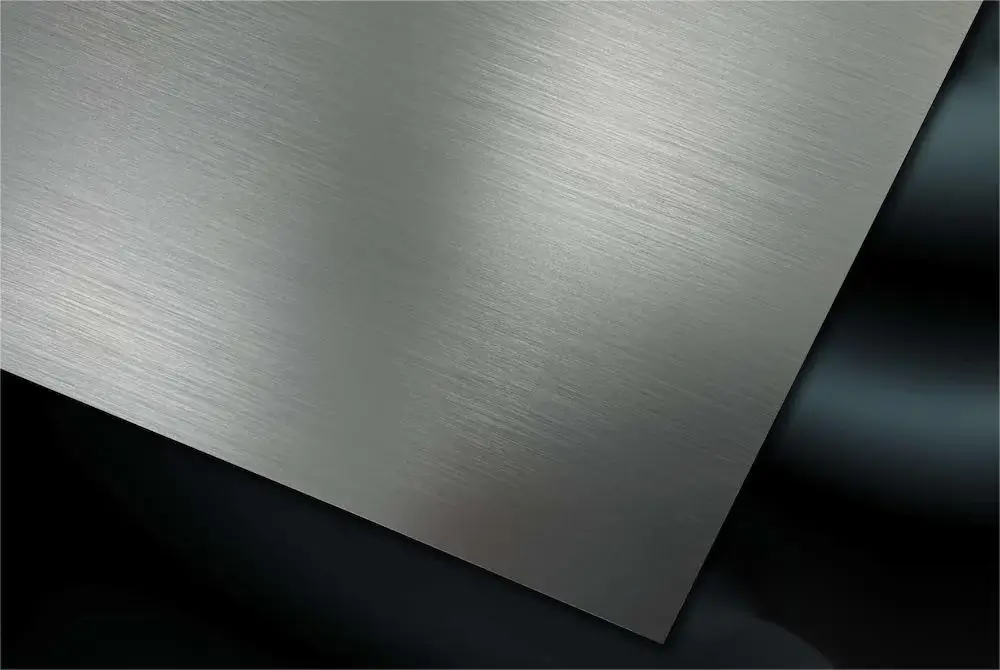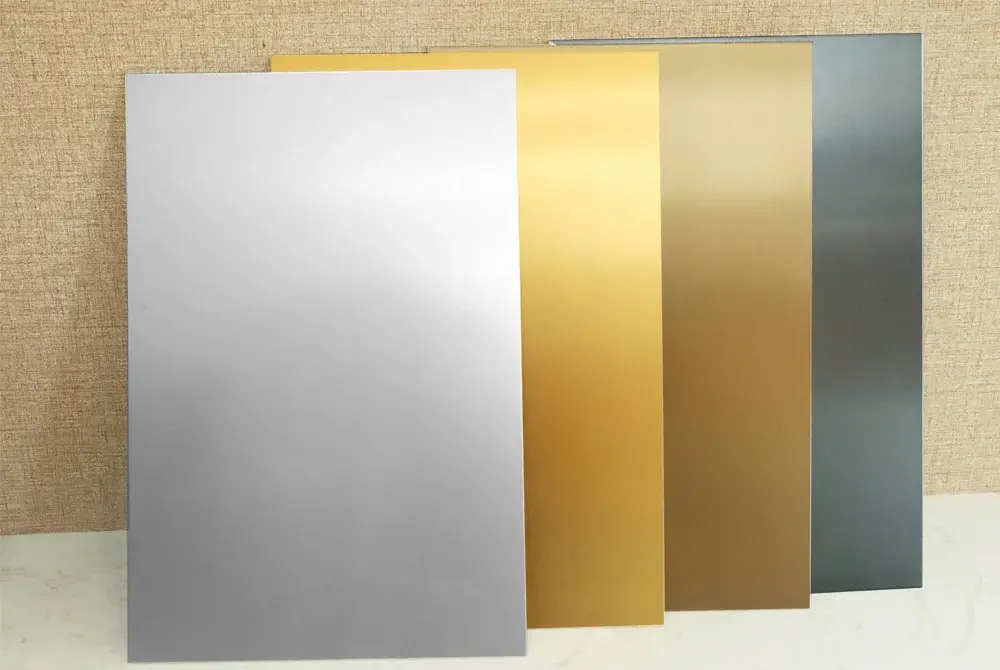Regular Maintenance Tips
- Dust Removal:Dust and dirt can collect on the surface of the aluminum, making it look bad. To prevent particles from scratching the anodized finish, dust regularly using a soft cloth or feather duster.
- Gentle Cleaning: For regular cleaning, use a gentle soap or detergent diluted in water. Administer the solution with a soft cloth or sponge. Avoid harsh materials like steel wool or scouring pads, as they could damage the anodized surface.
- Avoid Harsh Chemicals:Harsh chemicals and acidic cleaners can damage the anodized layer. It’s best to use pH-neutral or gentle cleaning agents to preserve the finish’s quality.
Deep Cleaning Steps
- Prepare the Surface: Before deep cleaning, remove any loose debris by rinsing the surface with water or gently wiping it down.
- Cleaning Solution: Create a cleaning solution by mixing warm water with a mild detergent. Avoid harsh chemicals and ammonia-based cleaners.
- Gentle Cleaning:Dip a soft cloth or sponge into the cleaning solution and gently scrub the surface. For stubborn stains, use a nylon brush with soft bristles to avoid scratching the anodized layer.
- Rinsing:Thoroughly rinse the aluminum sheet with clean water to remove any residue from the cleaning solution.
- Drying: Pat the surface dry with a clean, lint-free cloth. Avoid air-drying to prevent water spots.
Additional Tips
- Avoid High Pressure: High-pressure washers can damage the anodized layer. If necessary, use a low-pressure setting and keep a safe distance from the surface.
- Avoid Sharp Objects: Prevent scratches by keeping sharp or abrasive objects away from the aluminum surface.
- Regular Inspection: Periodically inspect the anodized sheets for any signs of damage, such as scratches, dents, or chipping. Address these issues promptly to prevent further deterioration.


